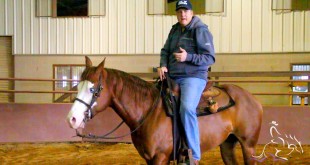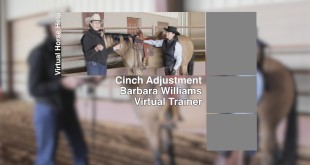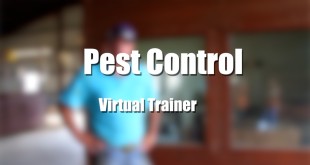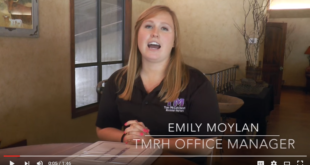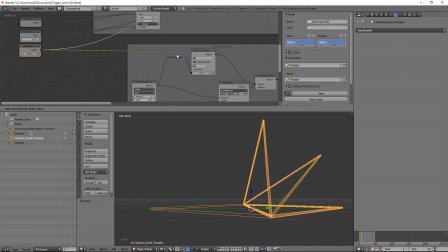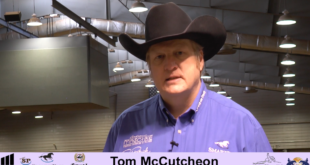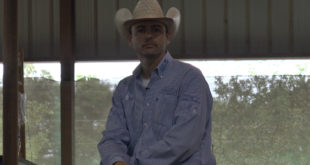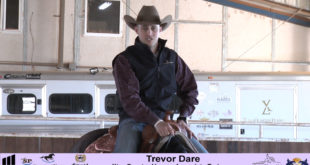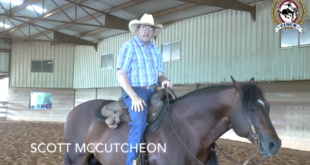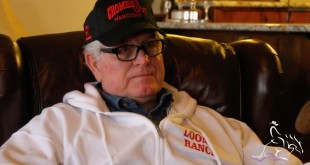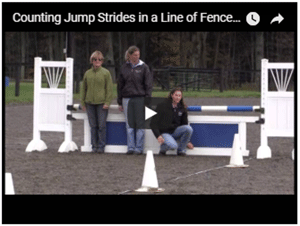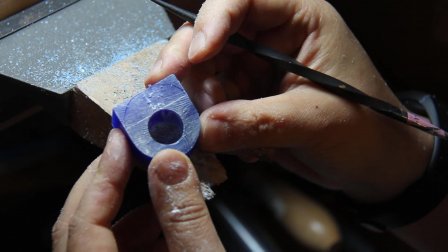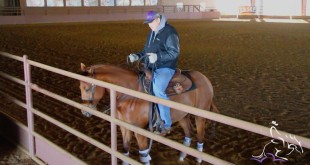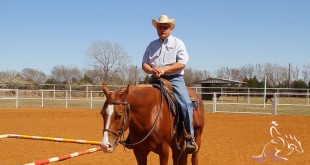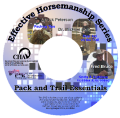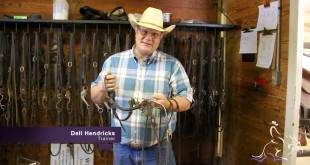HORSEMANSHIP RESOURCES
FEA is proud to offer hundreds
of Horsemanship-related resources from
some of the most recognized sources in the industry
A brand new access to the largest inventory of FREE ONLINE TRAINING VIDEOS
plus discounted DVDs, WEBINARS and BOOKS for sale
| |
Here are some of the 400+ tools related to horsemanship
Sarah talks about how she gets on her horses for the first time. Always keep everything organized, such as your lead rope when you are ready to get on so you do not have anything go wrong…
Revealing the Best Kept Secret in (Your Town) - Marketing and Social Media Tactics
Tom answers Heike’s question about if Tom would prefer his horse to not be as collected in the face and spin faster, or be collected and spin slower.
This manual covers the use of the horse to treat individuals with disabilities and contains the essays related to intervention in occupational and physical therapy, speech and language…
NRHA Million Dollar Rider, Franco Bertolani, talks with us about how to make a horse smoother in the show pen. Check out Franco’s video!
Trainer Barbara Williams goes into detail the proper way to cinch a horse so your horse is comfortable and does not get “cinchie”. She also gives some tips to follow that will take the…
Luke Winter shows what to do when finding an unwanted wild animal on the ranch.
For full details, please link to the class description.
This safety tip from Certified Horsemanship Association (CHA) shows who to safely hold your horse for the vet or farrier. Thank you to Houghton College in New York for the use of the facility…
Daivd Dellin, the Director of Judges for APHA, gives educational tips on showmanship.
Mark speaks about getting his horses broke to trail obstacles and how he believes it helps the horses.
Emily Moylan of TMRH shows us how she organizes the paperbook for horse shows and what you’ll need.
For full details, please link to the class description.
Have you ever thought about becoming a reining trainer? Would you like some advice? You are in the right place! In this new, “Ask Tom Anything,” Tom gives some good advice for becoming a…
Tom McCutcheon discusses why he would never go back to L1. Check out Tom’s video!
Martin Muehlstaetter demonstrates how he starts teaching turnarounds. Check out Martin’s video!
Certified Horsemanship Association (CHA) safety video on how to release a horse into a stall. CHA Master Instructor Teresa Kackert and Purebred Arabian mare Ditto star.
Sarah talks about how she gets her horses to get its forward motion going without scaring the horse. Being a soft rider and being quite in your saddle while riding a young horse for the first…
For full details, please link to the class description.
This video will demonstrate different horseback riding rein holds. Each is used based on the experience of the horse, the experience of the rider, bit, discipline and goals. The different…
Trevor picks up where we left off in this second installment of how to speed up your spins. Part 2 of 2.
NRHA Professional, Scott McCutcheon demonstrates a drill you can use to keep your horse from taking off to its stops.
In Part I of this series, reining legend, Bob Loomis, talks about his theory in conformation called The Trapezoid Theory that he uses on all of his horses whether selecting a reining prospect…
This Certified Horsemanship Association (CHA) video explains how to effectively count jump strides in a line of fences while doing a course walk on foot. It is always a good idea to measure…
For full details, please link to the class description.
Pete Kyle of Kyle Ranch teaches how to properly hobble a horse.
Tom answers Rhonda’s question about how to teach a horse to side-pass.
Will goes over a basic trail exercise that he likes to do with all of his horses. The “Clover Exercise” can be performed at the walk, trot, and lope.
This is a safety tip on how to safely hard tie your horse with a quick release knot brought to you by Certified Horsemanship Association (CHA). It will explain how short or long to tie, where…
This is a sample first trot lessons for beginner horseback riding students demonstrating the 15 minute lesson format used by participants during a Certified Horsemanship Association (CHA)…
Abby Mixon talks and demonstrates how she keeps her horses collected during the rundowns in our first training video with Abby. Check it out!
For full details, please link to the class description.
Knots & Highlines: various, useful horseman knots are discussed, demonstrated, and practiced along with a hands-on highline construction including safety aspects and low environmental impact.
Dell shows you his favorite bit and why he likes to use it on most of his horses.
For full details, please link to the class description.
Article. Purchasing proper hay is a critical management technique that horse owners should master for not only their horse’s wellness but also for their budget’s health.
Search all of the 400+ tools related to horsemanship
| |
|
DISCLAIMER: All of the horsemanship-related resources listed on GlobalSparks.com are provided by third parties, including US Equestrian (USEF), CHA (Certified Horsemanship Association) and others. Full content and copyrights are owned by the providers and as such GlobalSparks cannot be held liable for any content or misinformation. How it works: On behalf of FEA, Global Sparks offers free listing of resources available to the general public. Some resources are free, while others are sold by the content providers, often at a discounted price. Browse the list, select an online video, book or DVD, click on its image. A new window will open. Most content providers do not require that you register, but for the few that may require a free registration, select the Enroll, Register or other button in order to create a free account with them (or log in into your existing account if you already have one). You can then immediately access the content, or add it to your list for later review. Other requirement: There should be absolutely no other requirement; therefore, in the event you are asked to pay anything, register for training, or pushed into doing anything for whatever reason, please |



